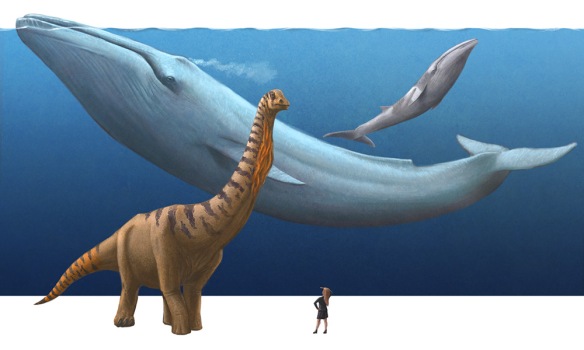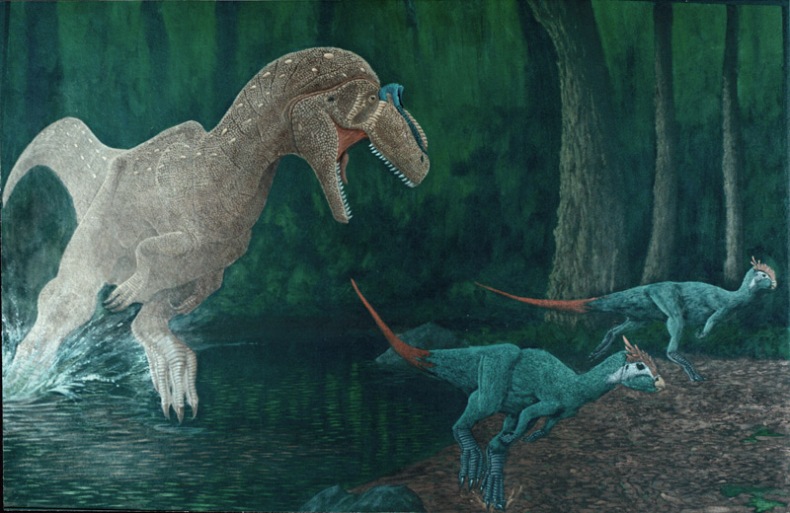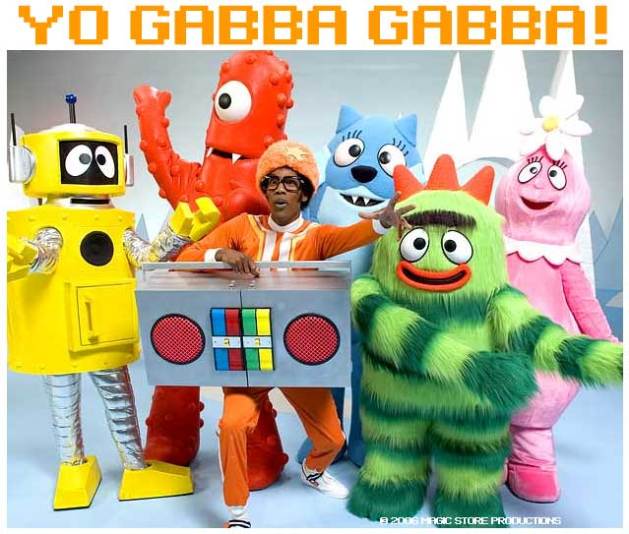So I’m hardly ever here but it’d still be nice to post every now and again in case anyone out there in the blogosphere is listening… somehow I doubt it! Anyhow, Dave Hone of Archosaur Musings and actual palaeontology asked me to make some artwork to go with his paper with Tom Holtz reviewing Spinosaurs.
Dave wanted something other than spinosaurus, as there was some kind of hooplah about that animal out there on the internets, so I couldn’t use my existing spinosaurus nesting image.
Instead Dave opted for a new image featuring Baryonyx, who apparently doesn’t get enough love. We eventually settled on a couple of Baryonyx doing threat displays, because who can go by a decent threat display? My initial thought was to mimic the actions of seagulls displaying dominance to get the last chip.
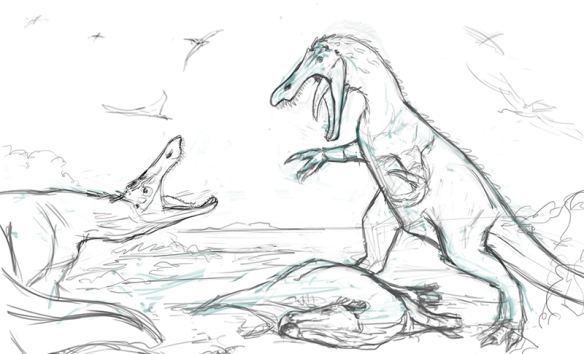
Don’t push me Harrison, in the future this will be a chip!
Just pretend that dead iguanodontid is a chip. I mean, have you seen the donkey on the edge look seagulls get in their eyes when it’s down to that last chip?
I did some really embarrassing sketches like the one above, I promise the stealth wing pterosaur scavengers would get refined or painted over in frustration or something.
Eventually I settled on a ‘I’m bored of side on dinosaurs’ view looking right down the barrel. Looking back at this I think I was going to be a lot more daring with the integument. I mean look at all that stuff on the sketch.
Anyhow, here’s the final product which required a bit of 3 dimensional thinking and a lot of reference to get the shapes in the head right! Thanks go to Dave and Tom for giving me the opportunity to make a contribution!
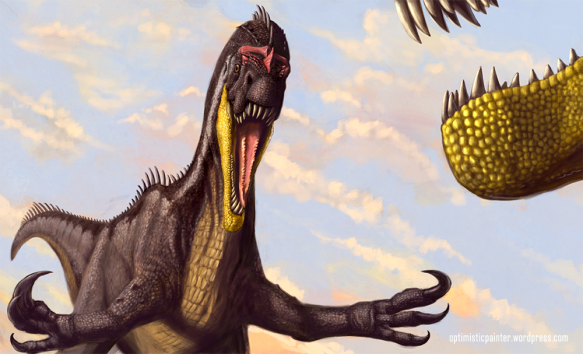
Come at me bro.

